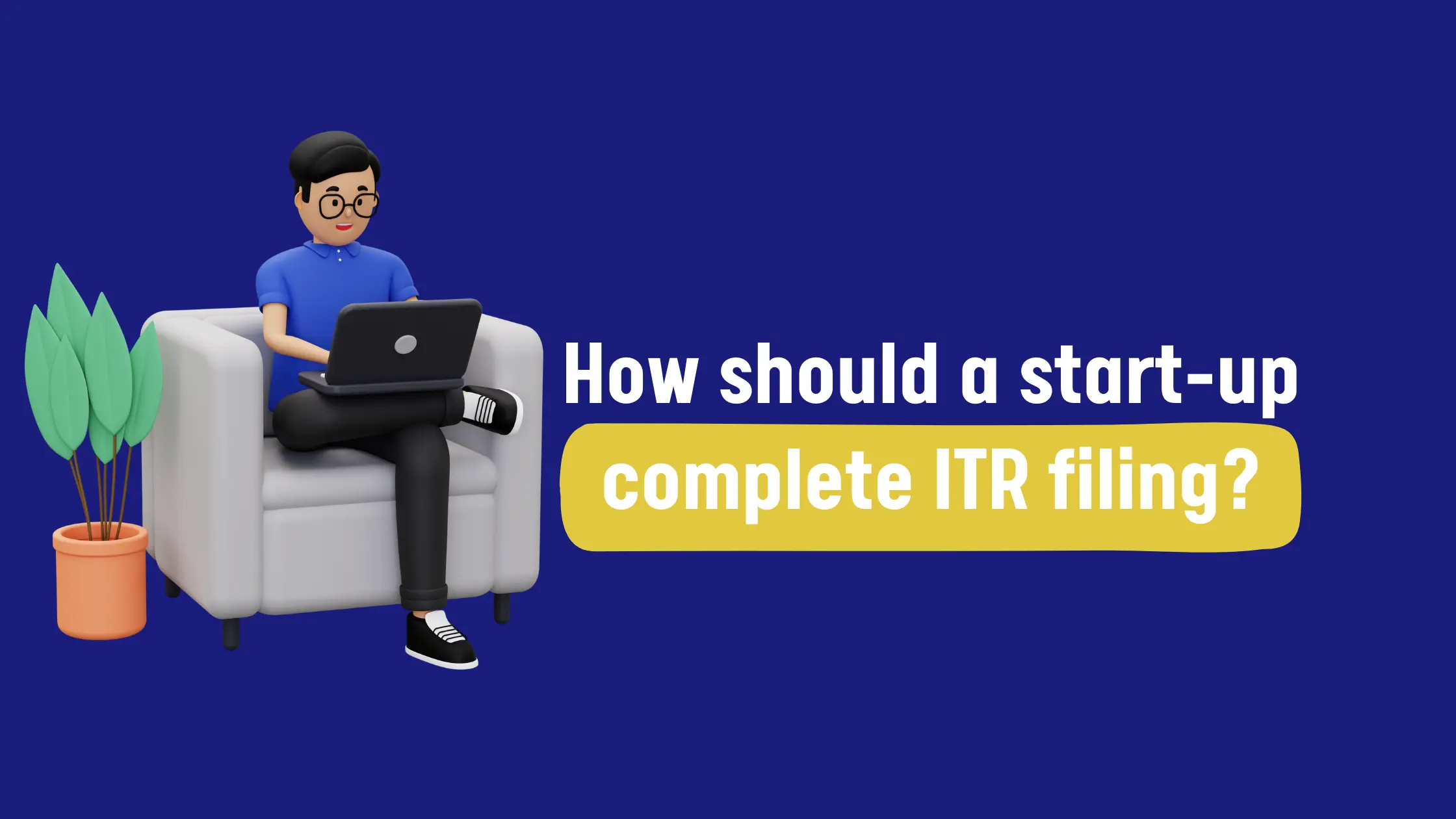Removal of Director
Are you facing challenges in removing a director from your company? Filing Buddy is here to help. Our efficient and reliable service ensures a smooth process of director removal, complying with all legal requirements. Trust us to handle the complexities and ensure a hassle-free experience for you.
Contact Us
An expert will call you within 24 hours. No payment required to get started.
Why Choose Us?
Experience expertise, tailored solutions, timely support, & a competitive edge - all under one roof

EXPERTISE & RELIABILITY
Trusted industry professionals ensuring compliance, accurate tax filing, and comprehensive services for your business needs.

TAILORED SOLUTIONS
Customized services to meet your specific requirements, including business incorporation, trademarks, patents, and seamless GST return filing.

TIMELY SUPPORT
Dedicated support team committed to providing prompt assistance, resolving queries, and ensuring smooth operations for your business.

COMPETITIVE ADVANTAGE
Gain a competitive edge with our comprehensive suite of services, enabling you to focus on growth while we handle your compliance and taxation needs.
Removal of Director- Overview
The composition of a company's board of directors and the types of directors appointed depend on the nature of the business. According to the Companies Act 2013, directors are appointed by the board of a company. Private companies are required to have a minimum of two directors, while public corporations must have at least three directors. In the case of a private company, if a director is found to be incompetent as per the Act, or if they have been absent from board meetings for more than 12 months, the company has the right to remove them. Additionally, if a director enters into arrangements or agreements that violate the restrictions outlined in section 184, they can be prevented from doing so by a court order. Furthermore, if a director is found guilty of a felony and receives a sentence of more than six months in jail, they may also be subject to removal. These provisions ensure that companies maintain competent and responsible directors who adhere to legal and ethical standards.
Details of Participation in the Removal of the Director of the Company
Shareholders who own shares with a paid-up capital of more than Rs 5,00,000 or hold more than 1% of the total voting power have the authority to initiate the "removal of the director" process by sending a special notice to the company. The shareholders have the power to decide the date, time, and venue of the meeting. However, the notice should be sent at least three months after the board meeting, and the resolution should be moved at least 14 days prior to the meeting date. The director in question has the right to be heard by the board of directors before the meeting takes place. If the board and shareholders agree on the matter, the process of removing the director can proceed after careful consideration. These procedures ensure transparency and fairness in the removal process.
Reasons Behind Resignation of Directors
- Dispute With The Board: When there are disagreements and conflicts among directors that hinder the company's performance, it may lead to some directors deciding to resign.
- More Lucrative Career Opportunities: Directors may choose to resign if they come across more promising career opportunities that align with their aspirations and offer greater professional growth.
- Suspension Due To Infringement: Directors who fail to comply with rules and regulations, commit violations, or make significant mistakes may face suspension, which could prompt them to resign.
- Abuse In Business Matters: If a director becomes involved in unlawful activities within the organization, they may choose to resign in order to protect themselves from potential legal consequences.
- Suspension Which Was Made Majorly Due To Infringement: Any violations, non-compliance, or defaults by a director can lead to serious trouble, potentially resulting in their suspension or resignation.
- The Falloff In Nominations: Nominee Directors, who are appointed to the Board of Directors by investors or stakeholders of a non-banking financial company (NBFC), may choose to resign once their nomination is revoked or when the business transaction between the company and the entity is completed.
The Eligibility Criteria to be a Director
There are no specific qualifications required to become a director, but individuals should adhere to the following guidelines:
- Determination Of Nationality: There is no restriction, but at least one director must be an Indian national.
- Age Requirement: There is no fixed age limit, but directors should be legally competent to enter into contracts. For certain positions like managing director, independent director, or full-time director, the individual must be between 21 and 70 years old.
- Maximum Number Of Directors: An individual can serve as a director in up to 10 public limited companies out of a total of 20 companies at any given time.
- DIN Requirement: To become a director, one must obtain a Director Identification Number (DIN). The DIN helps prevent fraudulent directors and facilitates background checks, ensuring transparency and accountability.
Ineligibility Criteria to be a Director
- Unsound Mind or Bankrupt Person: Any individual who lacks mental stability, including children, mentally disabled individuals, or those with unstable mental faculties, cannot be appointed as a director. Additionally, individuals who have been declared insolvent or have undergone bankruptcy proceedings are not eligible to act as directors.
- Criminal Background: An individual with a criminal record or who has been convicted and sentenced to more than seven years in prison cannot serve as a director of the company.
- Pending Overdue Returns: If the proposed individual has failed to file previous returns in any of the preceding years, they will be disqualified from becoming a director.
Removal of Directors in Company Law
Resignation of the Director under Section 168:
- Any director can resign by providing written notice to the company.
- The company will inform the Registrar and include the resignation notice in a directors' report.
- The resigning director must submit a copy of the resignation and reasons to the Registrar within 30 days.
- The resignation takes effect from the date approved by the company or as specified by the director.
- The resigned director remains liable for any offenses committed during their tenure.
- If all directors resign, the Central Government or the promoter will appoint interim directors until new directors are nominated in a general meeting.
Removal of Director by the Board:
- The Board can remove a director through an Ordinary Resolution, excluding those appointed by the Central Government or Tribunal.
- A Board Meeting is called with a special notice informing directors about the removal process.
- The Board authorizes a resolution for an extraordinary general meeting to seek shareholder approval for the director's removal.
- A general meeting is held within 21 days, and shareholders vote on the removal.
- The director is given an opportunity to be heard before the resolution is authorized.
- Forms DIR-11 and DIR-12, along with necessary documents, are submitted to the Ministry of Corporate Affairs.
- Once the forms are filed, the director's name is removed from the official website.
Non-attendance of Director in Board Meetings:
- If a director fails to attend board meetings for 12 consecutive months, it is deemed as resignation.
- A Form DIR-12 is submitted, and the director's name is struck off by the Ministry of Corporate Affairs.
Procedure for Removal of Director
Step 1: Special Notice under Section 115 of the Companies Act, 2013
Commence the process by issuing a special notice, as per Section 115 of the Companies Act, 2013, at least 14 days prior to the meeting, excluding the day of notice delivery.
Step 2: Notice to Members
Notify all members of the company through a notice, similar to a general meeting notice, ensuring it reaches all shareholders.
Step 3: Intimation to the Director
Inform the proposed director about their potential removal from the board by sending them an intimation.
Step 4: Convene a General Meeting
Hold a general meeting where a minimum of 90% of shareholders must approve the removal of the proposed director.
Step 5: Right to be Heard
Grant the concerned director the opportunity to be heard before their removal from the company's board and management.
Step 6: Submission of Form DIR-12 to ROC
Following the shareholders' meeting, complete Form DIR-12 and submit it to the Registrar of Companies (ROC) within 30 days from the conclusion of the meeting.
Contact Us
An expert will call you within 24 hours. No payment required to get started.








.png)
.png)
.png)
.png)
.png)
.png)
.png)
.png)
.png)
.png)
.png)
.png)
.png)
.png)



.webp)
.webp)

.webp)



